Paralyzed volleyball player Nick Williams taking small steps — literally. After a 2008 car accident left him paralyzed, former Cardinal Gibbons volleyball standout Nick Williams is on his feet and taking his first steps in more than two years.
The brace encasing his body can be cumbersome, but Nick Williams is smiling anyway. As long as he’s on his feet and taking steps — no matter how small — he considers the day a success. Two years ago a single-car accident put the Cardinal Gibbons volleyball player in a coma and he awoke paralyzed from the chest down. Doctors doubted Williams would ever walk again. But he wouldn’t accept that. After allowing himself one night to cry, Williams refocused.
“I just thought to myself, ‘Watch me,’ ” he said. “I was used to fighting back in games. This is just another competition. I’m not battling the clock or another team. I’ll just battle myself and my abilities.” In November, Williams first used his brace to stand and take the first steps since he was confined to a wheelchair.
“I’m in disbelief,” he said after a physical therapy session. “If my arms weren’t sore, I wouldn’t believe this is happening.” It was a moving sight that touched his physical therapists, fellow patients and most importantly, his family. “I still cry every time I see it,” said Williams’ mother, Donna Pappas. “When I saw my baby boy upright for the first time in two and a half years, all I could think of how he took his first steps as a baby. There was so much emotion.” It’s been a long journey for Williams. But with community support, therapists who gave him hope and an optimistic outlook, he’s made remarkable progress.
Support pours in…Williams, 19, doesn’t remember what happened early May 4, 2008, when he left his father’s house in Pompano Beach, to drive to his mother’s and take his uncle to the airport. It was only later that he learned his car had traveled onto a median and struck a tree and street sign along Federal Highway in Fort Lauderdale. Three months after his accident, Williams left Jackson Memorial Hospital and returned home. Using a wheelchair, he also went back to finish high school. Teammates, classmates and friends provided support and he spoke at the school’s orientation for incoming freshmen.
Williams became a regular at Gibbons’ sporting events, often donning the school colors as he cheered on the Chiefs’ sideline. His story captured the interest of many in the South Florida community, including former volleyball rivals who held fundraisers to help the family with medical bills. Also touched by Williams’ plight were Michael and Magda Sedra, the owners of SpectraCare, a physical therapy facility in Fort Lauderdale. The Sedras, who understood the physical and financial challenges Williams’ recovery would entail, reached out to his family.
They made the family a generous offer — physical therapy at their rehabilitation center with no cost. “When we have a need in the community and we know that we can help someone in need, it makes our day,” Magda Sedra said. “If we can get Nick to walk and give him the freedom of being independent, that’s our dream.” Over the past 29 months, Williams has worked with Michael Sedra, his primary physical therapist, to build strength in his upper body. That became crucial after the accident left his spinal cord bruised in several spots. Despite a traumatic brain injury that has affected his short-term memory, Williams was able to finish his outstanding classes at Gibbons, which allowed him to graduate with his class in 2009.
He later started volunteering as a math tutor at his old school, Bayview Elementary and this fall, he became an assistant coach with the Gibbons basketball team when head coach Marty Seidlin invited Williams to join his staff. Williams jokes it’s a perfect sport for him to coach because more often than not, Seidlin and the fellow assistants are usually sitting on the bench, like he is. “He’s a great inspiration to us,” said Joe Hajj, the team’s captain. “He’s been through the worst and he’s always so positive. He always tells us we’ll get through whatever we’re going through.” Through all of his activities though, Williams’ goal has always remained a constant. He was determined to walk.
Staying focused…Earlier this year, the Miami Project to Cure Paralysis contacted Williams’ family about potential involvement with a research study, but Michael Sedra was concerned that Williams may not have been physically prepared for that kind of challenge just yet. Instead, Sedra wanted Williams to get stronger and this fall, he and his wife suggested a brace to get Williams on his feet and maybe, even walking. Williams, with his trademark optimism, was eager to try the device.
“I was really excited,” he said. “I figured if nothing else, I could use it as something to stand up with at home.” Pappas, however, was a bit worried that at some point, the family would have to raise some of the money for the custom-designed brace that could cost from $6,000 to $10,000. But again, the Sedras told the family to focus on Williams’ treatment and not finances.
Even then, Pappas feared giving her son any kind of false hope. That concern soon proved unfounded. In early November, Williams first used the brace to take his first steps with the aid of parallel bars at SpectraCare. Less than a month later, he began walking laps around the facility’s first floor. Michael Sedra, his father Jim Williams and a walker helped him find stability and balance. It’s hard work for Williams, as he often has to stop and catch his breath.
Williams wasn’t walking on his own yet, but it didn’t matter. He was on his way. The entire experience has left Williams and his family both grateful and hopeful. Now the teen is ready to see what milestones he can achieve in the year ahead. “Eventually, I’d like to do this on my own,” Williams smiles. “But walking is walking. You have to start with small steps … literally.”
WATCH:
(Full Article & Images from SunSentinel.com and written by Christy Cabrera Chirinos. No copyright violation intended.)

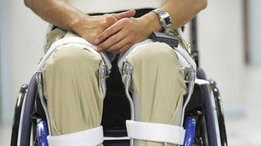
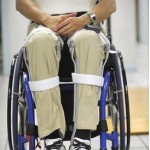
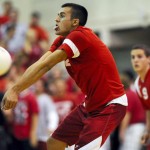
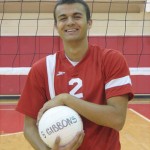
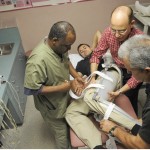
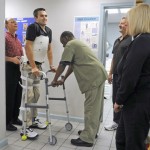
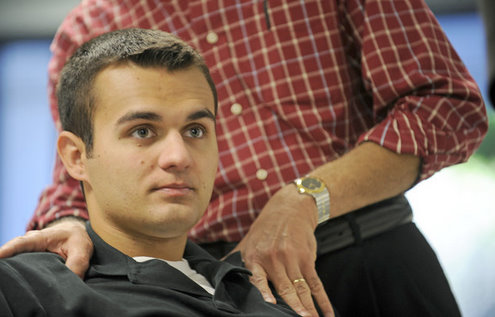
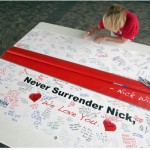
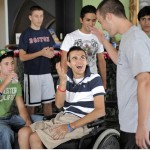
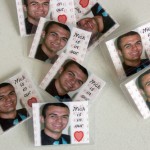
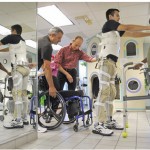
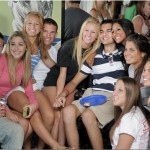
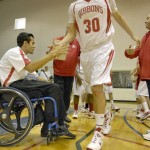
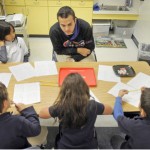
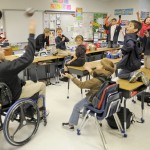
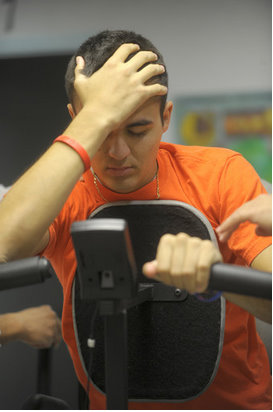
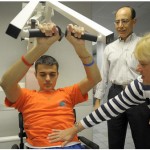
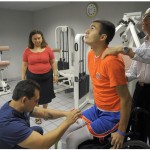
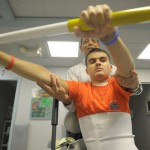
2 Comments
Leave a Reply